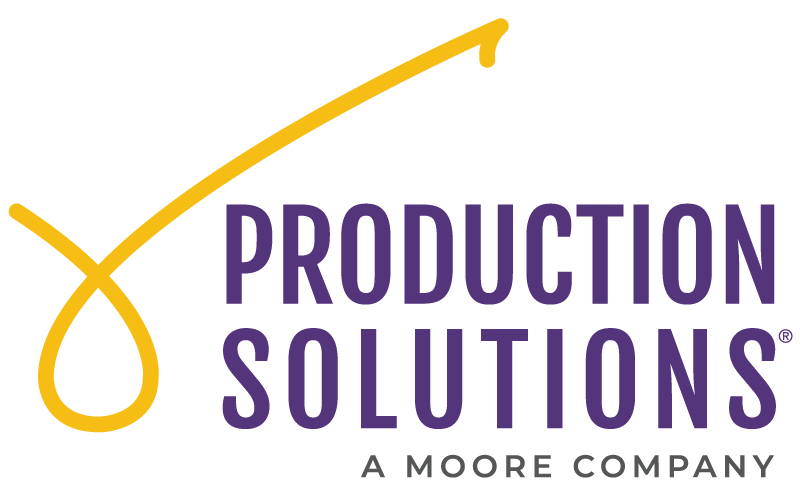The Proofing Process

Katherine Gouldin
Brand Communications Associate
Sharon Wobie
Senior Account ManagerBefore an envelope or flatwork goes to print, it is critical to have a proof as part of the process. Even though there is a cost to proofing, the confidence that the proof matches the client’s expectation for their mailing far outweighs the price of having to reprint due to an error.
The proofing process varies for each client because each client has a different intention and look to their mailing. The process begins with what the client desires to produce because the end goal drives what kind of proof the production expert, or Account Manager (AM), at Production Solutions (PS) will want to see before approval. The intention the client has is discussed between the Account Manager and the client at the beginning of onboarding. Proofing begins back in the design stage because you are ensuring with a proof that what the proof looks like is exactly the design that the client is trying to convey. For instance, a digital proof for a simple letter works fine, but a 4-color piece should have a hard copy color proof that is calibrated to the printing press that will be used. Even digitally printed items should have a digital print created before the full printing is produced.
The first thing your production partner will want to know is who is designing the artwork for the mailing – the design will either be created by the client themselves, or by an agency. Next, the AM will discover the level of expertise of those in charge of design. Understanding if the designer is relatively new to the job, or if they are an experienced designer is key because the AM then knows the degree of input and suggestions they should be offering.
It is possible to design something that will not be well-printed – some designs are difficult to produce. The leader of the design (client or agency) will send preliminary artwork. Your production expert will then look at the art from a production standpoint, rather than a fundraising standpoint. This unique perspective shines a light on many key aspects that can be overlooked, that can be changed for significant cost savings, maximum effectiveness, and so on.
A production partner is driven primarily by what their client’s needs and expectations are. The AM is looking at everything on the “hard color copy” proof, with the top priorities of the client at top of mind, whether that be the colors of their logo, different skin tones, etc. Color is subjective. People see colors differently, so the production expert ensures that they understand how their client sees it, and what the client wants so they can deliver accurately. Each mailing varies and having a production expert who listens to your input will allow them to produce a product that meets your expectations.
If the client receives the hard copy proof and decides they need to make “color changes”, rather than copy changes, they will need a second proof to be sure the issue was fixed to meet their standards. They would then compare the second proof to the first. This, of course, adds time to the schedule, because there is a physical item that needs to be produced. The supplier partner must send the file to a machine that is going to output the proof. Then the proof takes time to be delivered.
When PS is following a Production-Plus schedule, the AM gets a proof and the client doesn’t. In this case, proofs aren’t going to the client at all because PS is handling all production. The PS team will typically have SOPs of multiple sets of eyes that look at the proof since the client is not.
Even if the mailing has been produced multiple times for the client in the past, the AM will typically still proof it because the mailing may not be using the same printer anymore. Even if PS is using the same printer, the AM doesn’t know if it was printed on the same equipment as it has been printed in the past, or if a different crew with a different level of expertise is working on it. If the AM has a piece that they use regularly for continuity sake, especially if the mailing is going through a different printer, then the AM will typically send a print sample to the printer to use as a guide for continuity. This way, the printer knows how this piece should look because they see a sample of what the client has seen and approved in the past.
Once the proof is approved based on a detailed checklist, the AM gives written approval back to the printer – then the printer proceeds. If it is a large quantity (1-14 million pieces, for example), or an extraordinary amount of value is tied to the mailing, the AM will often do a “press-check” and physically be there while it is printing.
If an organization is fundraising and not working with a group like PS, their experience is only going to be as good as their production partner is willing to educate them. PS ensures that all clients are educated on the process and that you have all the tools and resources necessary to succeed. Much of PS’ success comes from educating our clients on what we are doing – when it comes to proofing, you don’t know what you don’t know until you have a mistake and you have to deal with its costs and repercussions.
About the Author

Katherine Gouldin
Brand Communications Associate





